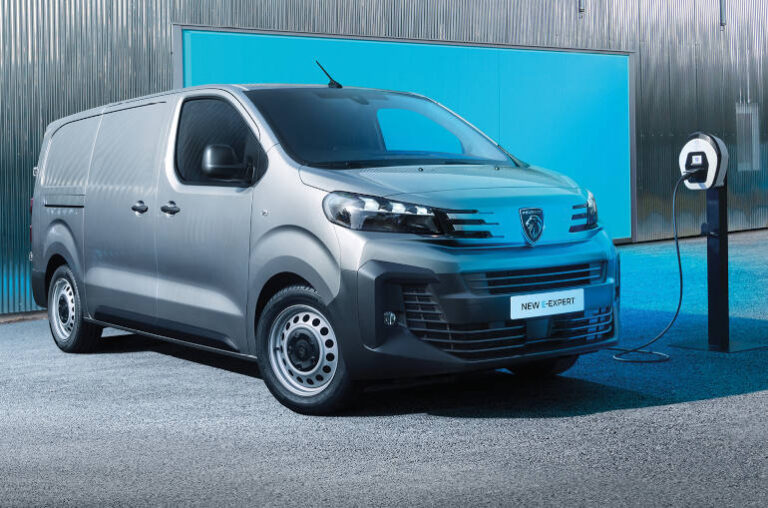The global push toward electric vehicles (EVs) is a critical part of the strategy to reduce carbon emissions and combat climate change. Yet, the approaches to supporting this transition vary widely across countries. Australia and New Zealand, despite their proximity and shared environmental goals, have adopted markedly different strategies to promote EV uptake. In a Fleet News Group podcast, Kirsten Corson, Chair of Drive Electric in New Zealand, sheds light on these differences, highlighting the successes and challenges each country faces in their journey toward electrification.
Australia: A strong push with Federal and State incentives
Australia has recently gained momentum in the EV space, driven by a combination of federal and state-level incentives and policy initiatives designed to foster a more EV-friendly environment. Corson, who has been closely monitoring the developments in Australia, acknowledged the country’s impressive efforts.
“In my upcoming presentation at the New Zealand Electric Mobility Summit, I’ll be highlighting the stellar job Australia is doing,” Corson said. “The federal and state incentives, along with policy changes around building codes, have been instrumental in driving growth in the Australian EV market.”
Australia’s approach has been comprehensive, combining financial incentives with infrastructure development. Various states, such as Queensland, offer substantial rebates for new EV purchases, exemptions from stamp duty, and reduced registration fees. These incentives lower the financial barriers for consumers, making EVs more accessible to a broader audience.
Moreover, Australia’s commitment to improving EV infrastructure is evident in recent changes to building codes that require new residential and commercial developments to include provisions for EV charging. This foresight ensures that as more Australians make the switch to electric, the necessary infrastructure will be in place to support them.
At the federal level, Australia has also invested in expanding the country’s EV charging network through initiatives funded by the Australian Renewable Energy Agency (ARENA). These efforts are complemented by the country’s broader vision of decarbonising the transport sector, which includes setting targets for emissions reduction and integrating renewable energy with EV infrastructure.
Despite these successes, Corson pointed out that challenges remain, particularly in ensuring consistent policy support across different states and addressing the availability of charging infrastructure in rural and remote areas.
New Zealand: The impact of policy changes
New Zealand’s approach to promoting electric vehicles has been somewhat different, marked by initial success but more recent challenges due to policy reversals. Corson, who has been deeply involved in New Zealand’s EV landscape, shared her concerns about the country’s current trajectory.
“In New Zealand, we saw significant uptake of EVs, driven by strong demand-side policies and incentives,” she explained. “Last year, 27% of new car sales were electric, which was a massive increase. But with the change in government, we’ve seen a sharp decline in EV sales, and that’s been really disappointing.”
One of the most significant policy changes was the reintroduction of road user charges (RUC) for electric vehicles. Previously, these charges had been waived to encourage EV adoption. The decision to reintroduce them placed EVs on the same level as diesel vehicles, which Corson believes has undermined consumer enthusiasm.
“This policy shift has had a massive impact,” Corson noted. “For once, several industry groups came together to propose a fair and equitable approach to RUCs, but the government chose not to listen. As a result, EV sales have slowed significantly.”
Corson also highlighted the weakening of New Zealand’s clean car standards, which has further hampered the growth of the EV market. The country’s previous emission reduction plan aimed for 30% of the fleet to be electric by 2035, but with current policies, that target seems increasingly out of reach.
“New Zealand is now facing the prospect of paying billions in international carbon offsets if we fail to meet our transport sector targets,” she warned. “It’s a stark reminder of how crucial consistent and supportive policies are in sustaining the momentum of EV adoption.”
Infrastructure challenges and future outlook
Beyond policy incentives, Corson pointed out that New Zealand lags behind Australia in developing the necessary infrastructure to support widespread EV adoption. Unlike Australia, New Zealand has yet to introduce regulations that require new buildings to include EV charging provisions, which could lead to higher costs in the future as retrofitting becomes necessary.
“Infrastructure is a critical piece of the puzzle,” Corson said. “Australia is hitting it out of the park with its building code changes, but New Zealand has a lot of work to do in this area. Without the right infrastructure, it’s going to be hard to sustain the growth of EVs.”
However, Corson remains optimistic about the future, both in New Zealand and globally. She sees the emergence of Chinese OEMs, such as BYD, as a positive development that will bring more affordable EV options to the market, helping to drive further adoption.
“Globally, the EV market is growing, with China leading the way,” she noted. “We’re seeing new players enter the market, and that’s exciting. But for New Zealand, the key will be to get our policies back on track and ensure that we’re supporting both the adoption of EVs and the development of the necessary infrastructure.”
Conclusion: Lessons from two nations
The contrasting approaches of Australia and New Zealand offer valuable lessons for other countries seeking to promote electric vehicles. Australia’s mix of federal and state incentives, coupled with proactive infrastructure planning, has created a robust environment for EV adoption. Meanwhile, New Zealand’s recent challenges serve as a cautionary tale about the risks of policy reversals and the importance of maintaining consistent support for EV initiatives.
As both countries continue to navigate their transitions to electric vehicles, their experiences will provide crucial insights for the global community. Kirsten Corson’s reflections underscore the importance of thoughtful, long-term policies in ensuring that the shift to electric vehicles is not only successful but sustainable.







